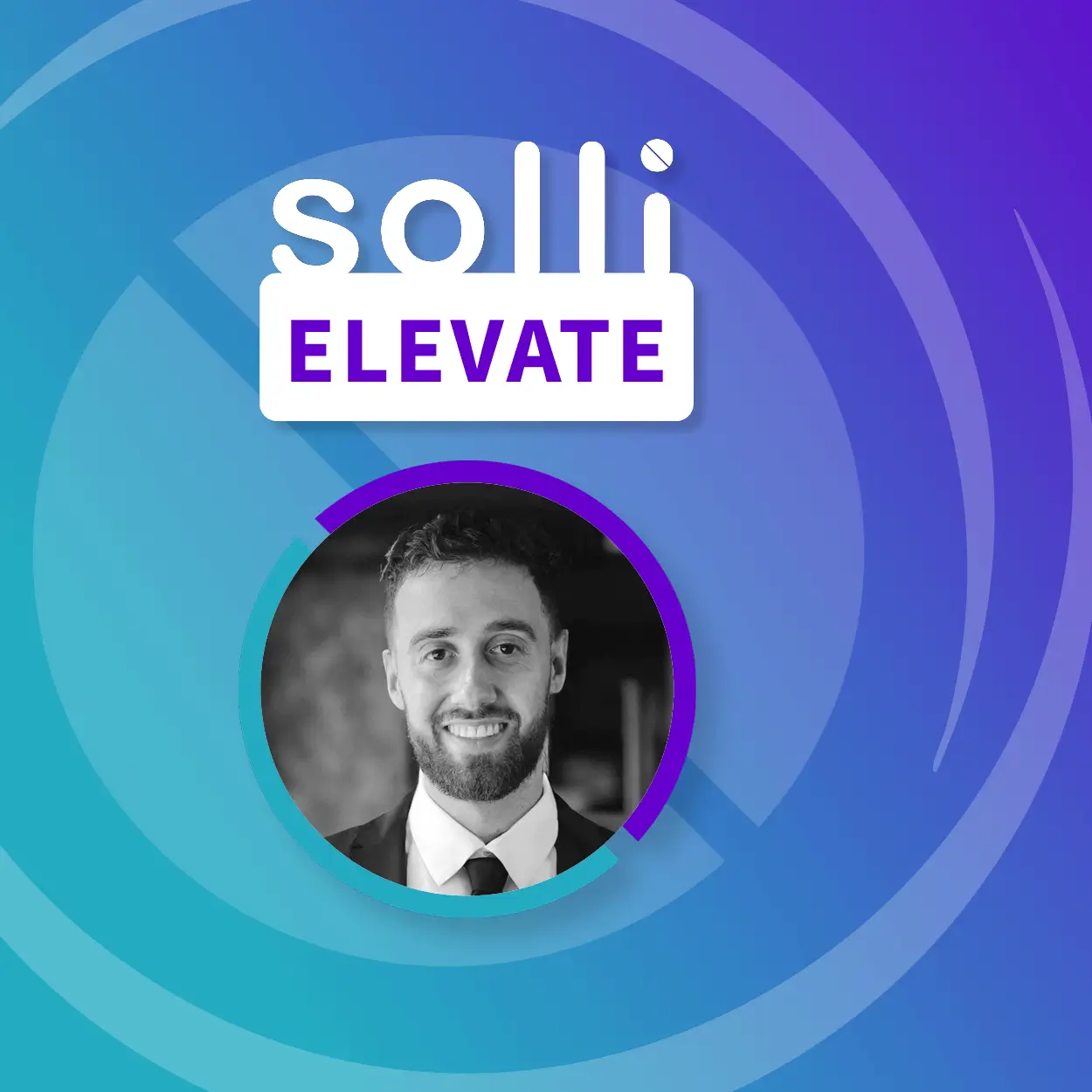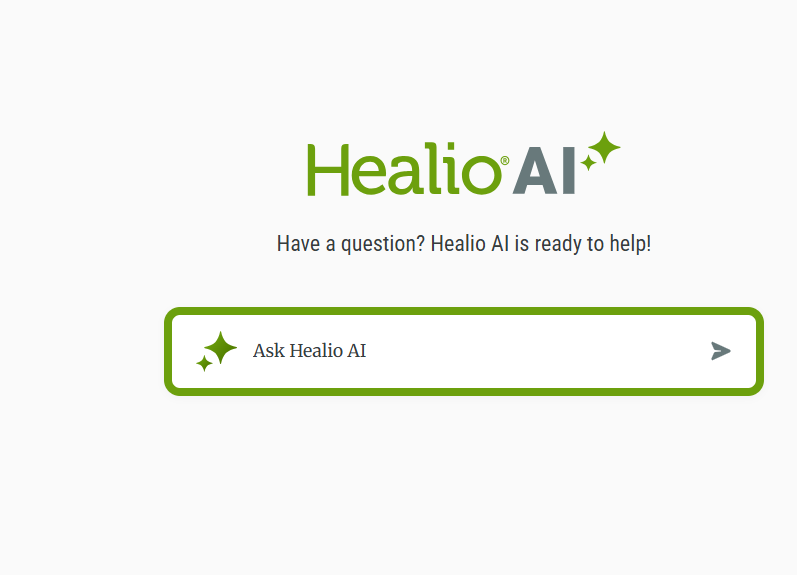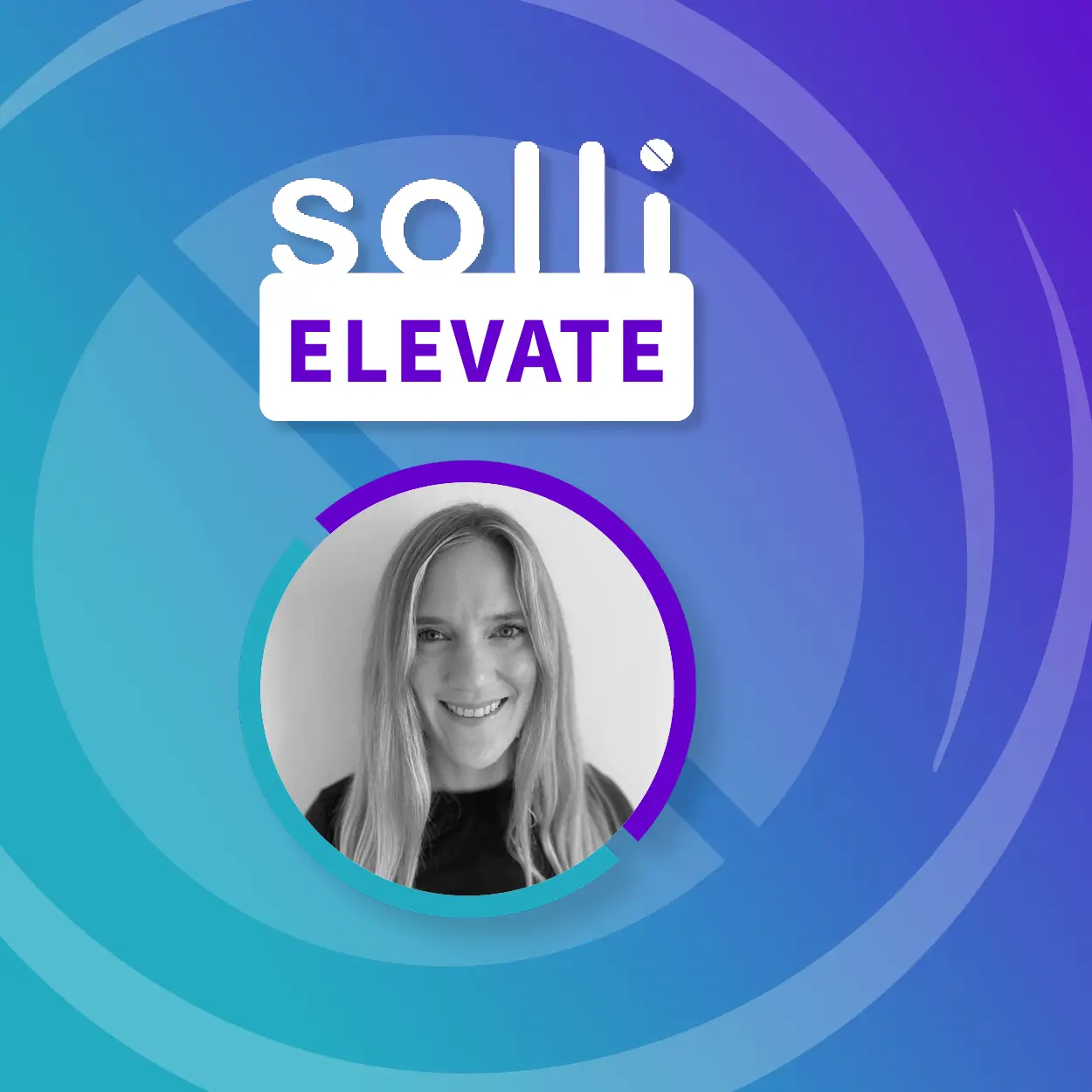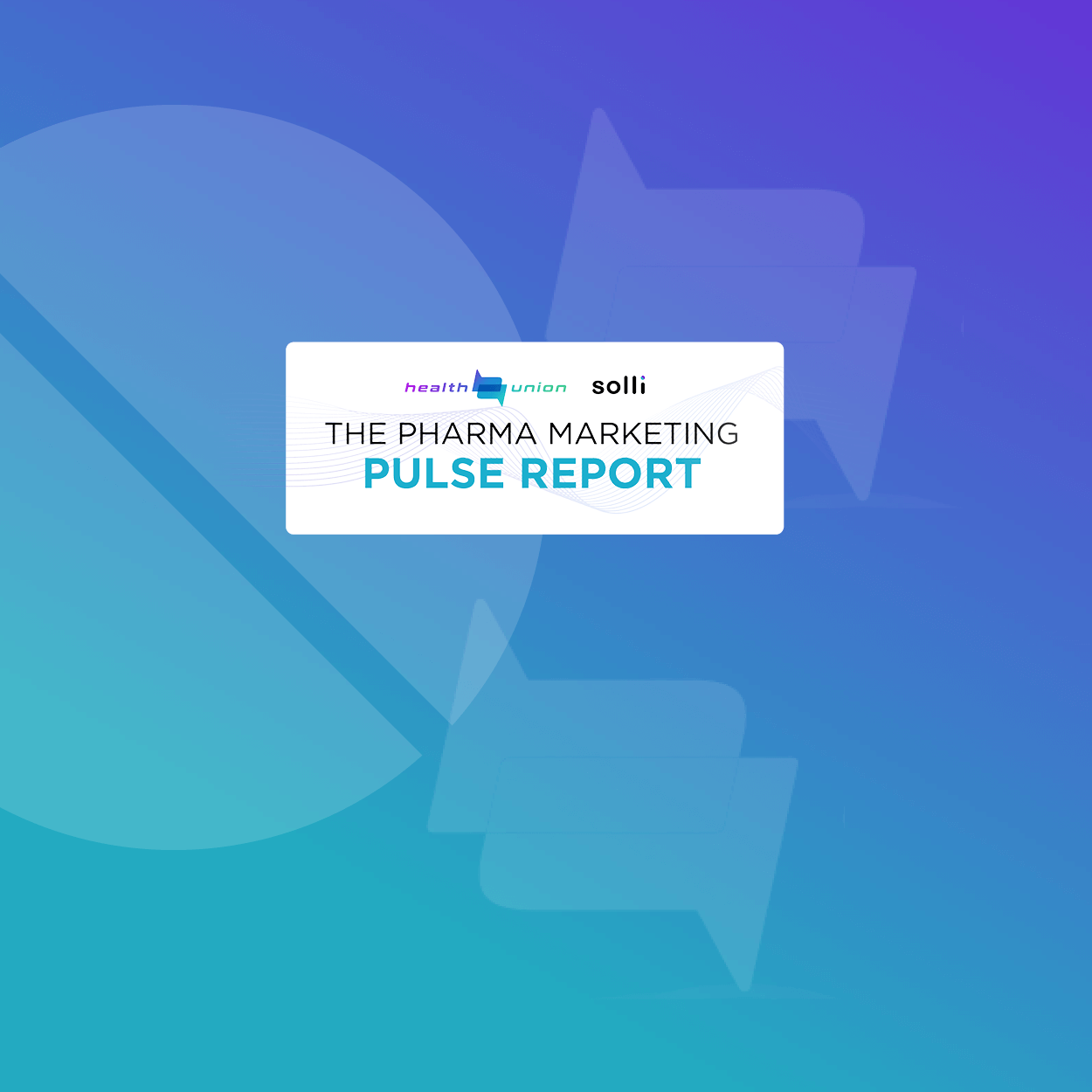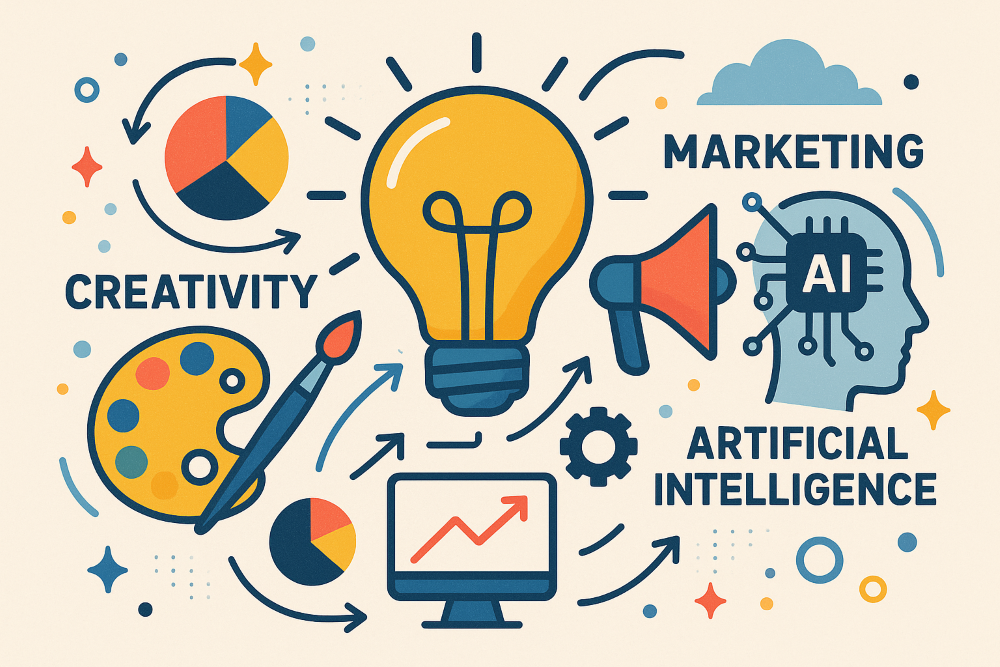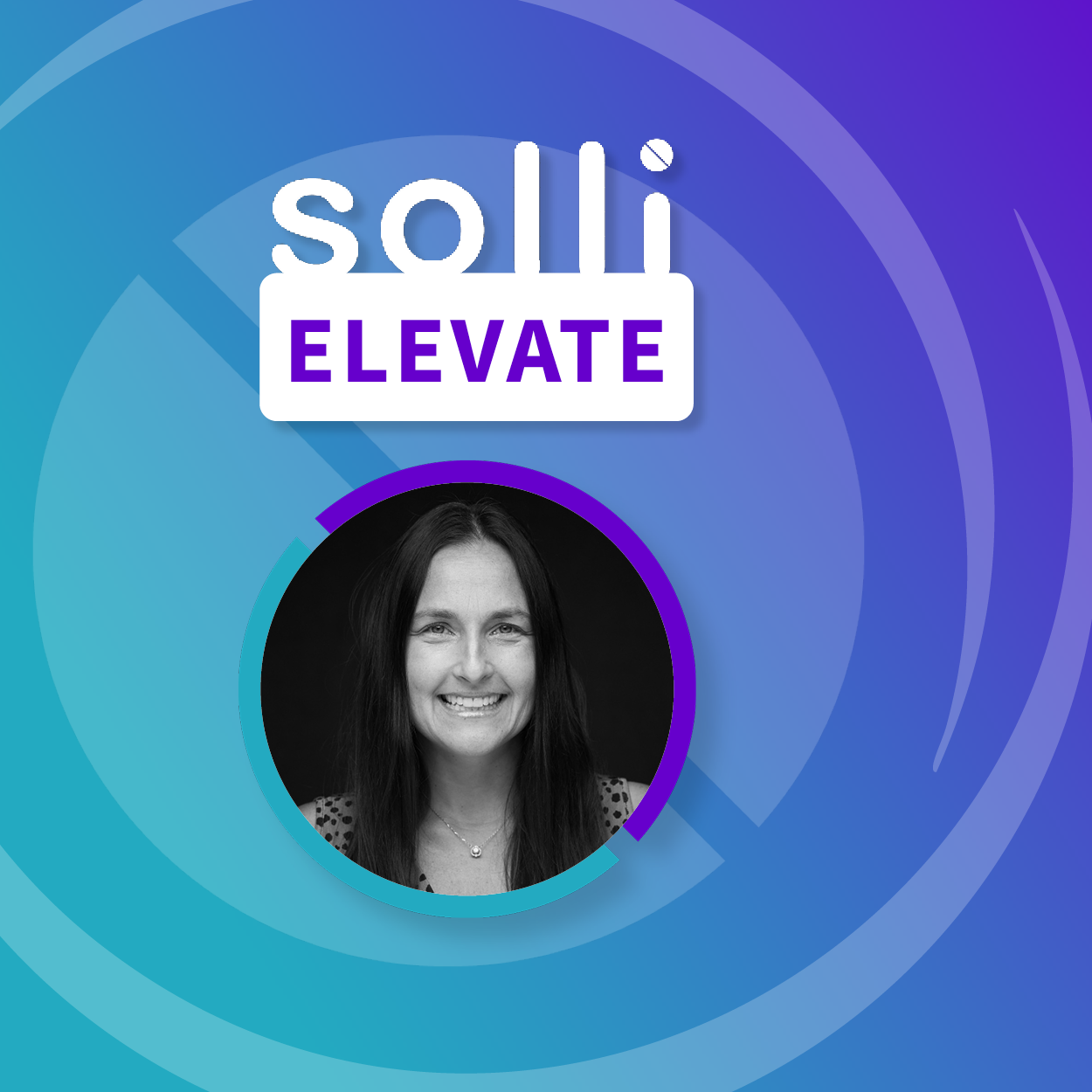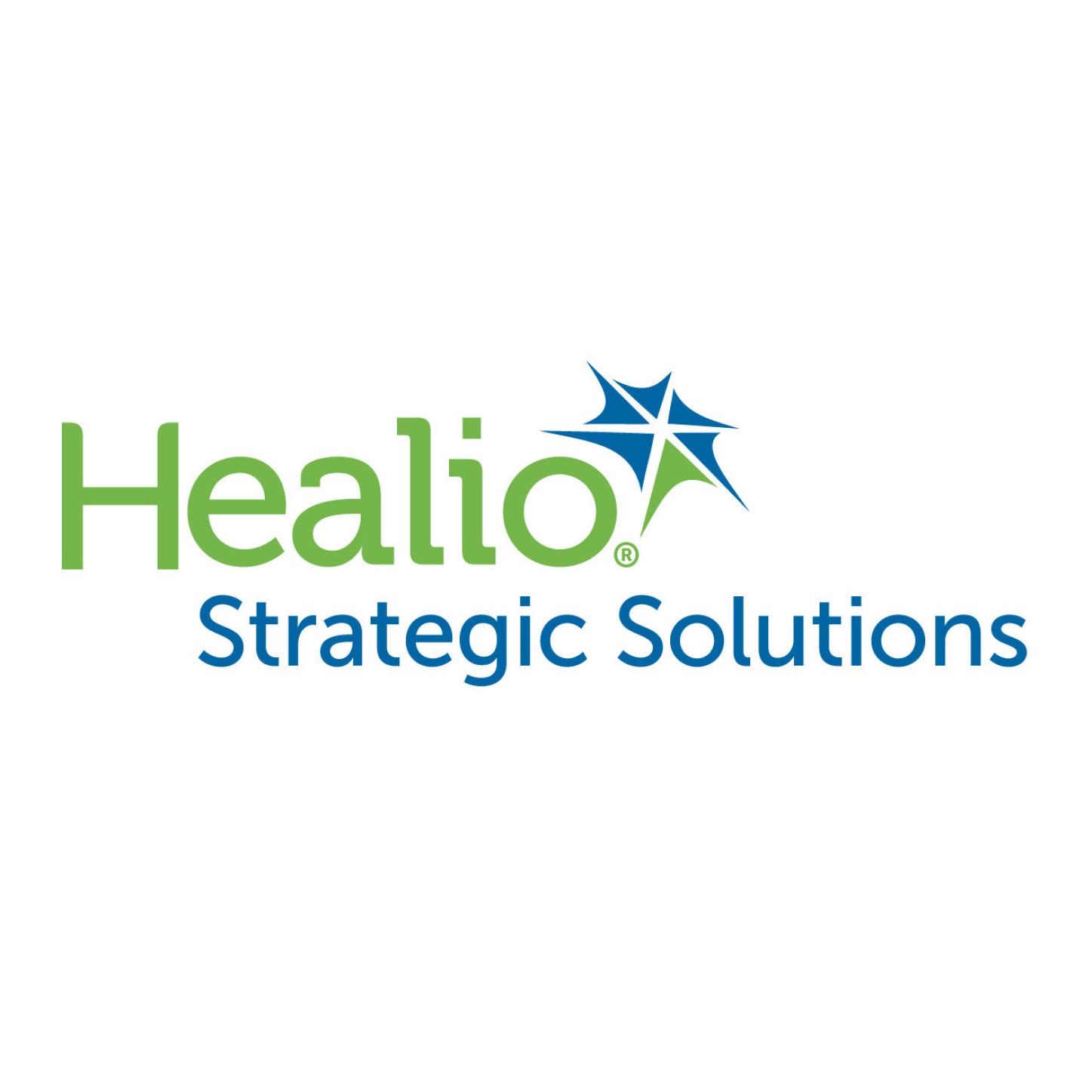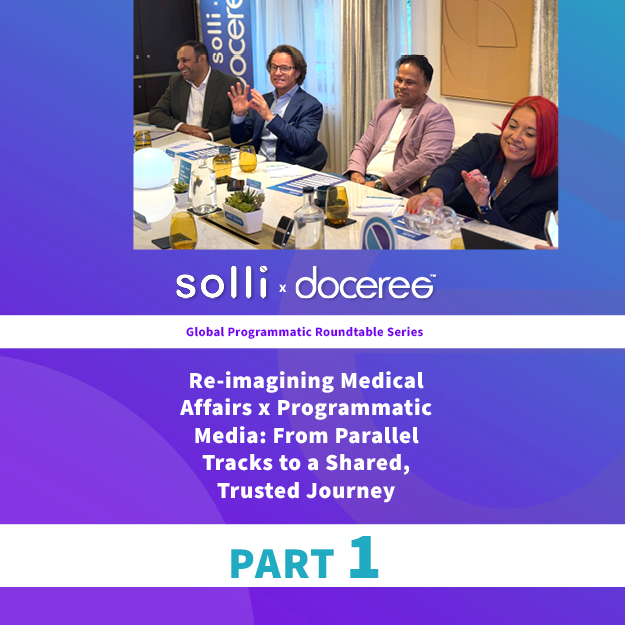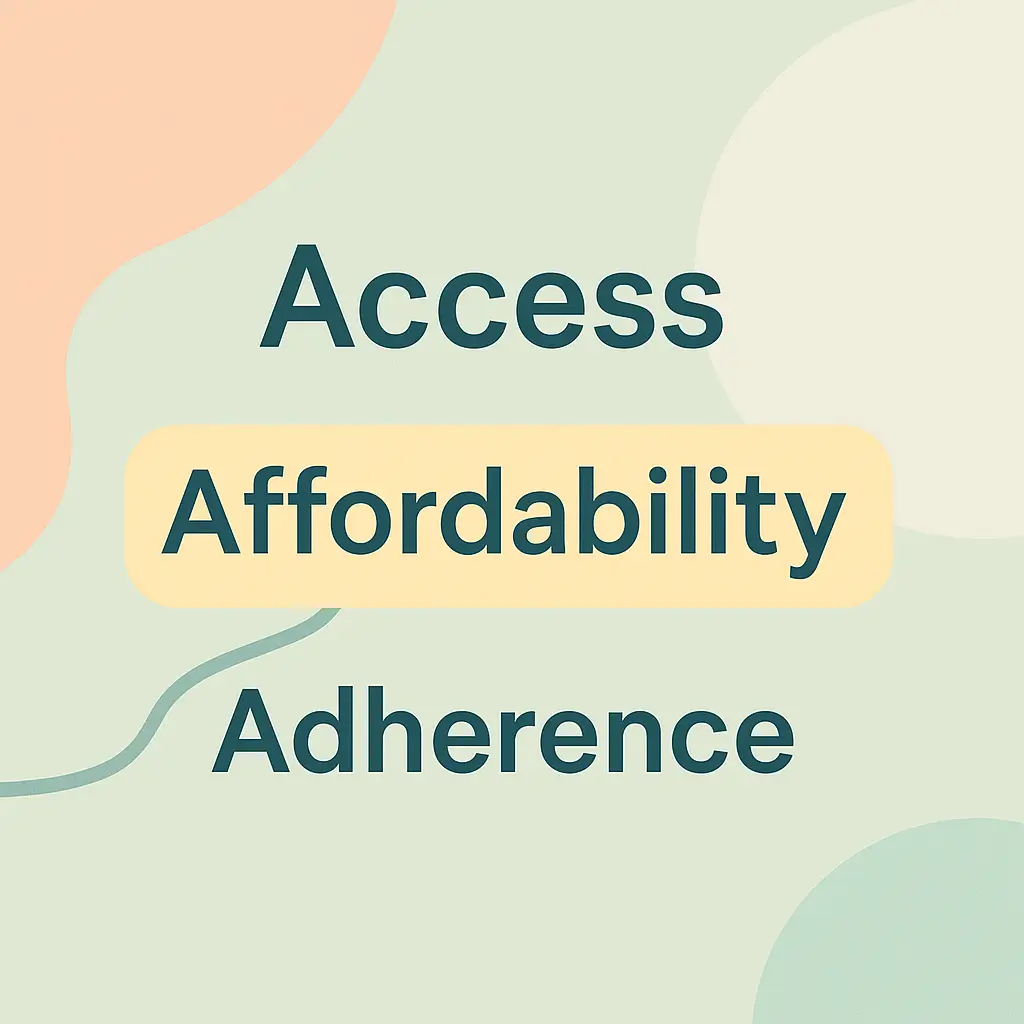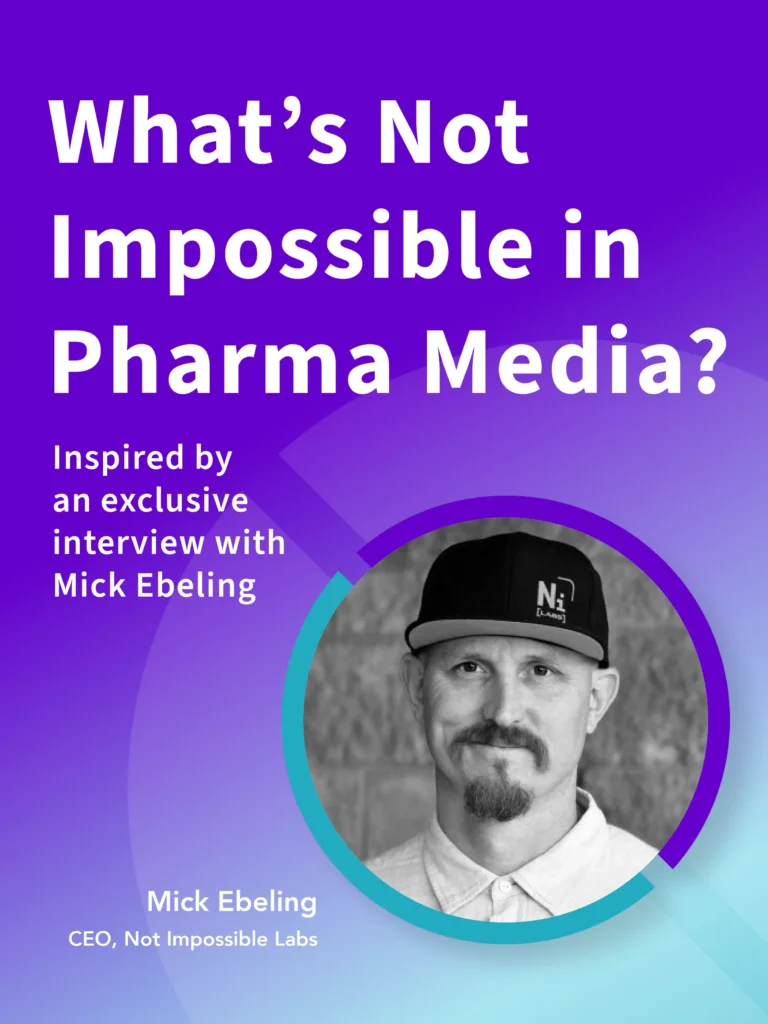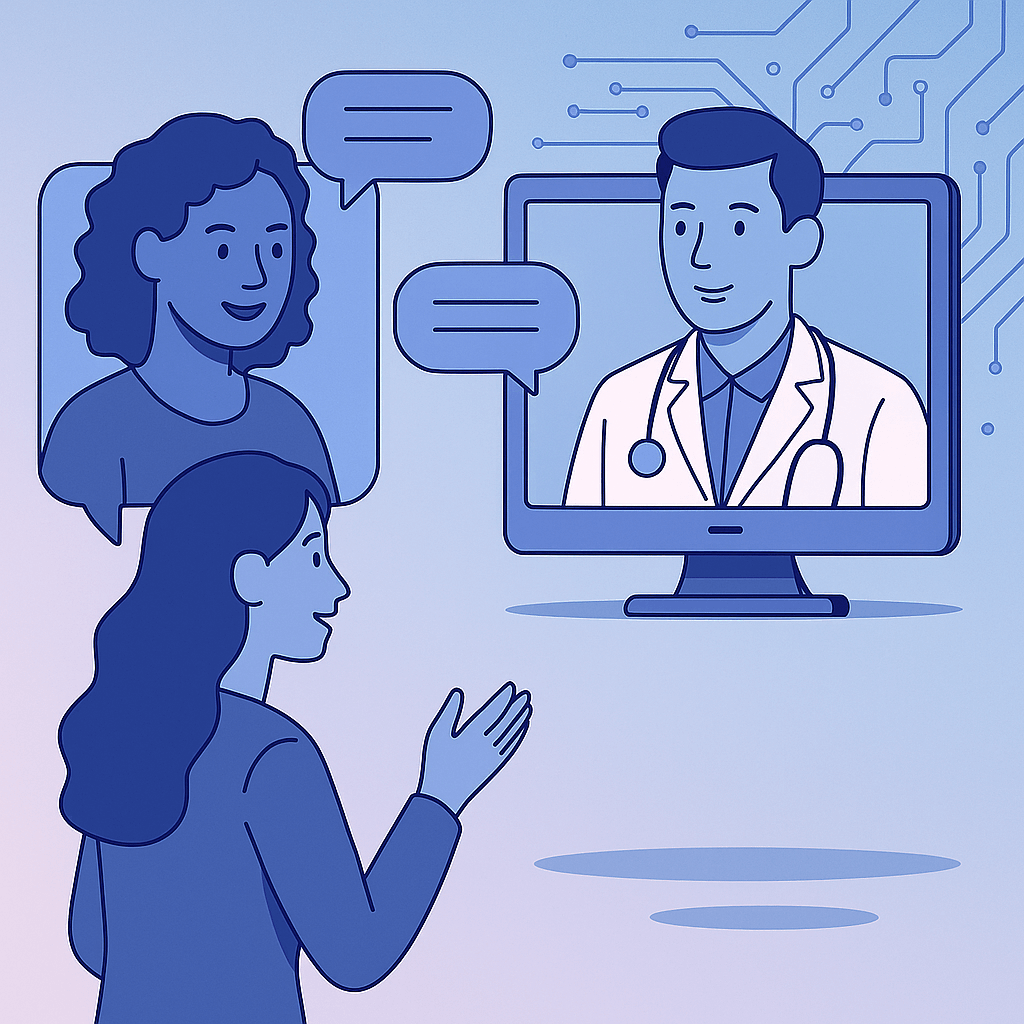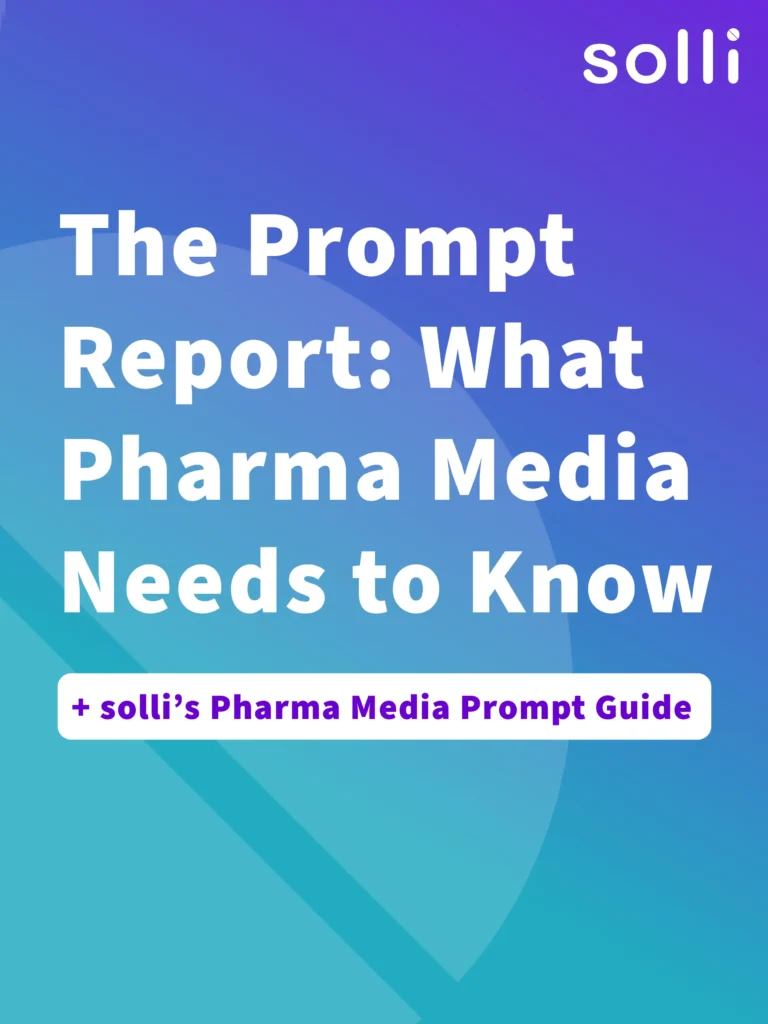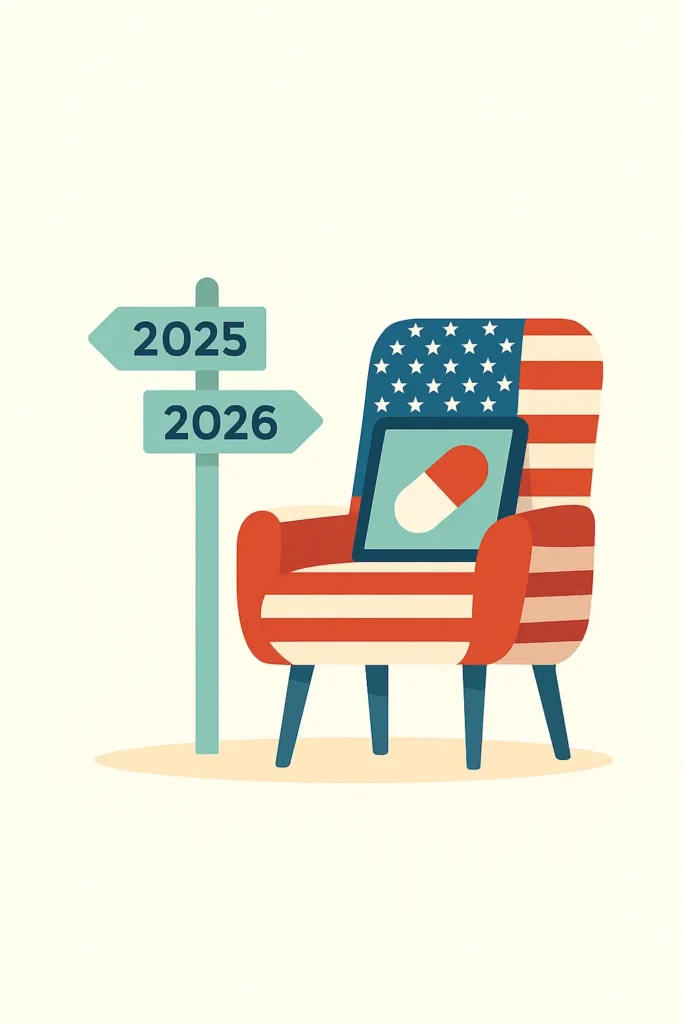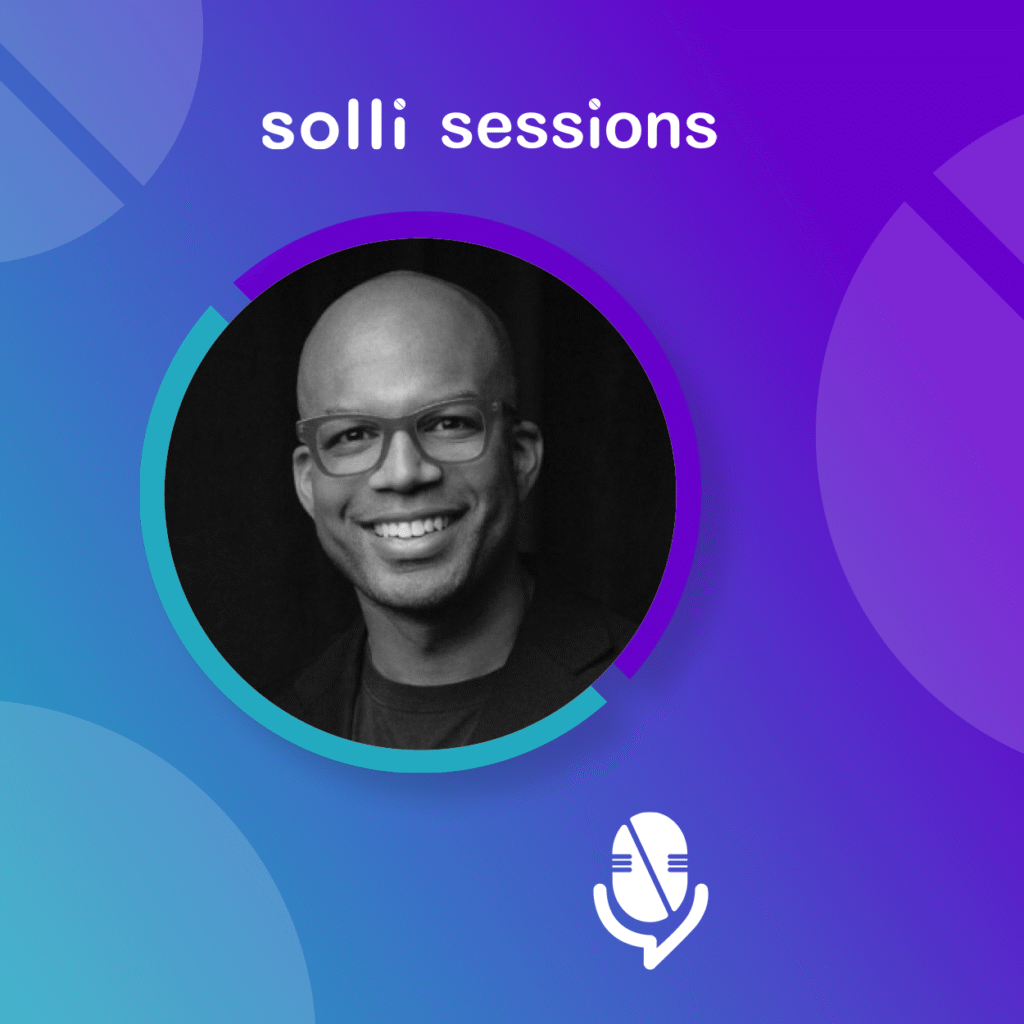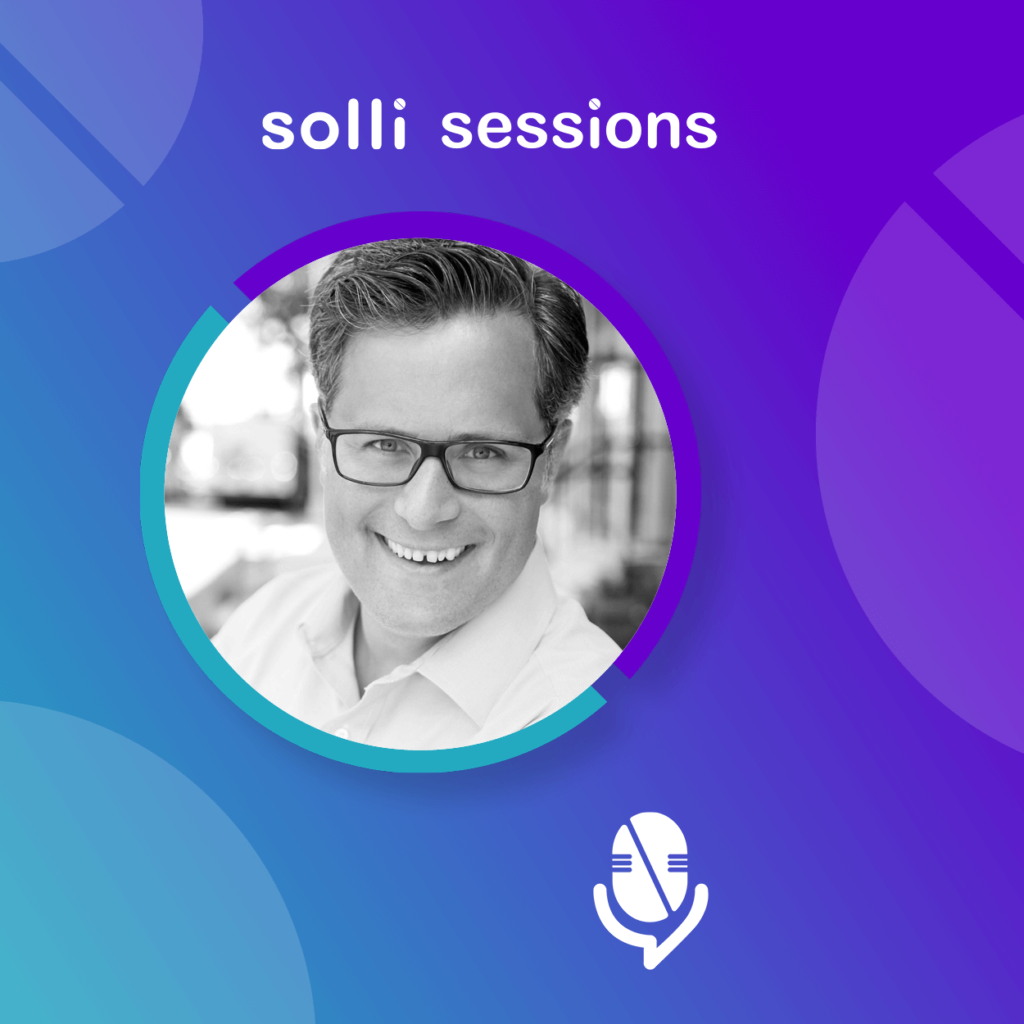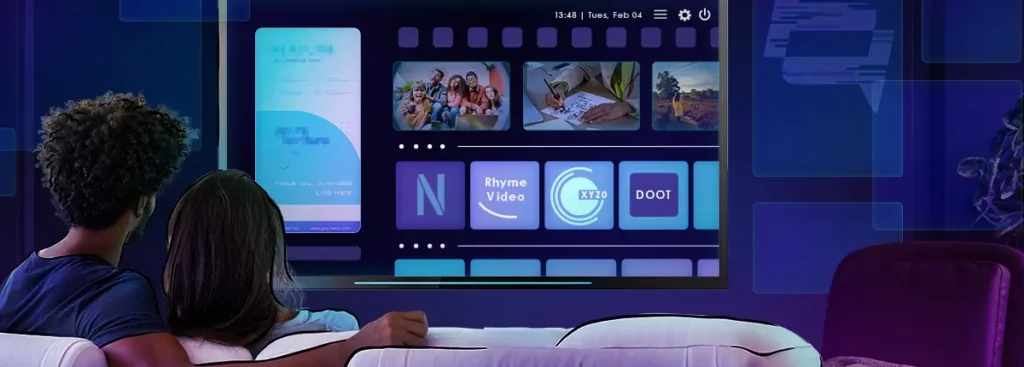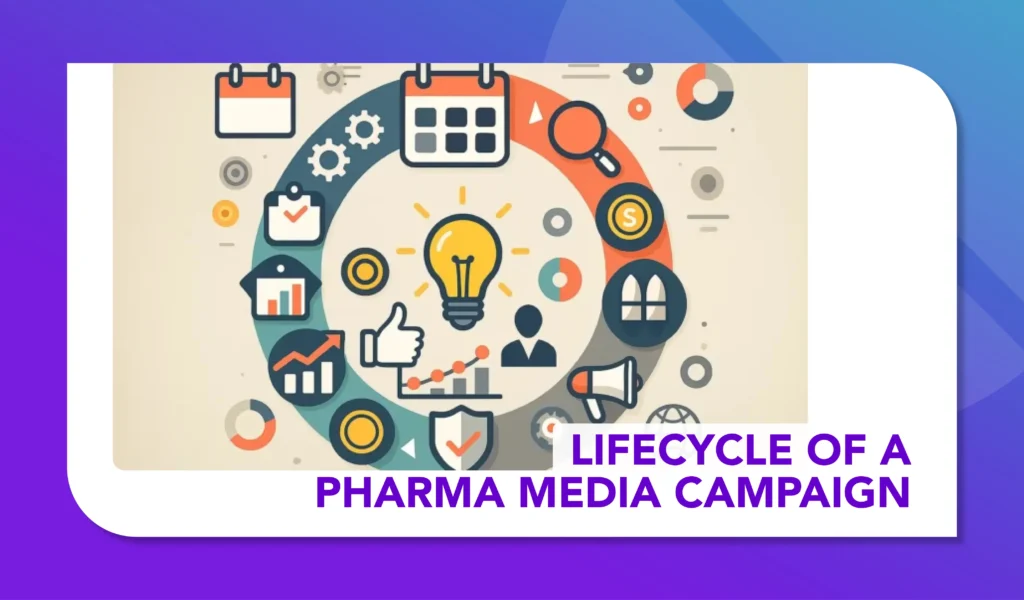What’s not impossible in Pharma Media?
Inspired by an exclusive interview with Mick Ebeling

When I was invited to sit down for an exclusive interview with Mick Ebeling, CEO of Not Impossible, at the recent CMI Media Group’s Agility event in Philadelphia, I had a hunch it would be thought-provoking. What I didn’t anticipate was just how transformative it would be. The conversation quickly became one of the most energising and clarifying dialogues I’ve ever had—and judging by the rapt silence of the 300 people who heard his keynote, I know I wasn’t alone.
From the very first words, Mick’s humility, curiosity, and boundless energy were unmistakable. He immediately turned the spotlight away from himself—asking about my journey with solli, my family, and the path that brought me here. It was a connection infused with humanity, the kind of genuine exchange you rarely experience in an “interview” squeezed into a corner behind service elevators.
But here’s the real reason pharma media leaders should lean in: we are standing at a critical inflection point. From letters out of Washington challenging DTC advertising, to the blurring of politics and media, shifting data regulations, rising physician burnout, increasingly informed patients, and the accelerating pace of technology—the ground beneath us is moving fast. There has never been a more urgent moment to ask: what is not impossible?
“I can’t comment as a media expert. I can comment as it relates to how we utilize what we call technology for the sake of humanity and how we create that.”
The Seed of Impossible — Tempt, the EyeWriter, and the Birth of a Movement
To understand the force of Mick’s impact, you have to start at the beginning. His journey didn’t begin with a grand strategy or a carefully laid roadmap. It began with a single moment of urgency and empathy.
In Los Angeles, Mick met Tempt One—a legendary graffiti artist living with ALS, trapped in a body that could no longer move, speak, or create. Mick didn’t set out to invent a device. He set out to give back what had been stolen: a voice.
Working with a ragtag group of hackers, open-source designers, and technologists, Mick and his collaborators created the EyeWriter—a low-cost, open-source tool that allowed people with paralysis to draw and communicate using only their eyes. The invention went on to be named by Time as one of the “Best Inventions of 2010” and today sits in the permanent collection of MoMA.
But the real breakthrough wasn’t the technology. It was the philosophy it sparked: help one, then help many. A mantra that became the cornerstone of Not Impossible.
Project Daniel — Arms, Hope, and Open Hands
Years later, across the world, another story found Mick. A boy named Daniel in Sudan had lost both arms in a bombing. His first words after waking were devastating: “If I could die, I would.”
Haunted by this, Mick and the Not Impossible team launched Project Daniel—a mission to create a 3D-printed prosthetic arm at a fraction of the cost of a traditional limb. When Daniel received his first arm, he fed himself for the first time in two years.
But the project didn’t stop there. Mick and his team set up a training lab in Sudan so that locals could produce prosthetics themselves, turning Daniel’s story into a sustainable solution. The idea grew into “Prosthetic in a Box”—a kit that could be deployed anywhere in the world, requiring minimal tools, electricity, or training.
Project Daniel became more than a project. It became proof that with audacious empathy, even the most entrenched inequities in healthcare can be dismantled. That cost, geography, and convention are not immovable barriers—but solvable absurdities.
“If you’re a hammer, everything looks like a nail. We have no kind of legacy attachments to what we have to create. So it gives us the ability to take a step back and have a wider purview and say, what is it that they really truly need?”
Bento, Music, and the Next Frontiers of Humanity
From there, Not Impossible kept chasing the “absurdities” Mick sees in our world—problems that shouldn’t exist:
- Bento – A simple, stigma-free platform using text messaging to connect people in need with prepaid, healthy meals. No app, no barrier, no shame.
- Music: Not Impossible — Wearable technology that translates music into vibrations across the body, enabling people who are deaf or hard of hearing to feel rhythm, vocals, and melody in real time.
For this body of work, Mick is the only person ever to have three separate inventions named in Time’s Best Inventions: the EyeWriter, Bento, and Music: Not Impossible.
“We didn’t make it so they were segmented out as a particular population of, those poor people who are hungry. We made it so that there was an invisibility to their circumstances, but there was a visibility to them as people.”
The Lessons for Pharma Media — Told Through Mick’s Lens
Listening to Mick, it’s impossible not to feel both wildly inspired and a little guilty for not doing more in our own lives and work. Yet his message is never about guilt. It’s about hope, audacity, and—above all—taking the shot.
As proud as I am of the ingenuity and impact across pharma media, I can’t help but wonder: what could we achieve if we shared Mick’s grand-thinking? If we stopped reinforcing our own walls, and instead asked how to tear them down? If we looked past campaigns, placements, and KPIs, and asked the harder question: what is not impossible in pharma media?
- Start with the Absurdity, Not the Channel
Mick begins with a human paradox—something that simply shouldn’t exist. ALS robbing a voice. A boy unable to feed himself. Hunger in a city of abundance.
Where are those absurdities in pharma? Instead of starting with vehicles, metrics, or spend, what if we began with the irrational gaps in patients’ and physicians’ lives? That is where the brief begins—not with “where do we place media,” but what feels absurd, and how do we fix it?
- Unearth the Invisible Needs
Mick described starting not with assumptions, but with a blank slate: what do people truly need? Bento didn’t begin as a technology project — it began as a search for the quiet, overlooked barriers that kept people hungry. The answer wasn’t flashy. It was simple, human, and hidden in plain sight.
For pharma, the challenge is to tune into those same invisible needs. The daily frustrations that never make a research brief. The anxieties patients don’t voice. The small frictions that wear physicians down. Real progress will come from uncovering these unseen gaps and addressing them with empathy and imagination.
- Tell Stories That Move, Not Campaigns That Comply
Mick’s projects resonate because they carry narrative clarity, emotional honesty, and aesthetic integrity. They are stories people want to retell.
In pharma, regulatory caution can flatten creativity into sterile, “safe” communications. But inspiration doesn’t come from pamphlets. It comes from stories crafted with care—human, artful, and true. The opportunity isn’t to break rules, but to raise the craft of storytelling so it moves hearts as well as minds.
- Scale from One — Then to Many
Mick’s method is radically simple: help one, then scale. Daniel’s arm came first; then came a system for thousands.
Pharma too often chases reach before impact—designing for the masses before proving value for the individual. What if we flipped that? Start with one patient, one physician, one community. Prove impact. Learn. Iterate. Then scale. Humanity first, then growth.
“I think we have exited the era of brand only. Brand is important, but the message is superior and will always be superior.”
A Forward-Looking Vision: Pharma Media’s Moment of Reckoning
Our industry stands at a moment of reckoning. Letters from Washington questioning DTC advertising. The blurring of politics and media. Shifting data regulations. More informed patients. Exhausted physicians. A tidal wave of new technology.
This is not business as usual. This is an inflection point.
Mick Ebeling reminds us that change begins by asking a simple, uncomfortable question: what is absurd here? Then daring to act on it.
So I leave you with this challenge: what is the absurdity you see in pharma media today? And more importantly—what will you do, in your role, to make it not impossible?
“People are searching for meaning, searching for connection, searching for where they fit into the world. If you can tell a story that resonates with that, then you have the ability to create change.”

